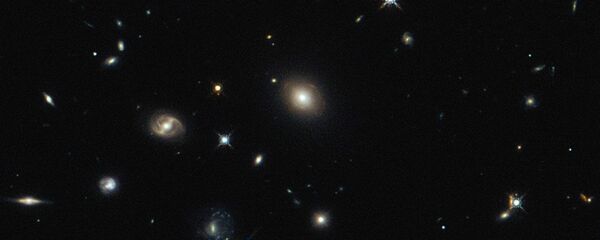This does not mean those planets support life – indeed, they are unlikely to. "Hot Earths" are Earth-sized planets that orbit close to stars, Phys.org explains. Most do not rotate; rather, like our moon, one side always faces the star while the other faces outward, making one side too hot to support life, and the other too cold.
The team of researchers, including experts from NASA’s Ames Research Center, the SETI Institute and the University of Nevada, wanted to find out how hot Earths came to be. They looked at 144 planetary systems captured by NASA's Kepler telescope, specifically seeking planets that were less than twice the size of Earth and that orbited tightly and very quickly around their star, in less than two days.
"What we found," University of Nevada astronomer and lead author of the study Jason Steffen told Inverse.com, "is that at least one in six systems that have a hot Earth must be of this new type – where the hot Earth is far removed from its planetary siblings and perhaps as many as half of them are like this. Other hot Earths simply live in systems that are scaled down versions of the kind of planetary system that we’ve seen all along in the Kepler data."
"Characterizing the variety of planets and planetary systems orbiting distant stars (exoplanets) is a key ingredient to improving our understanding of the solar system and of planet formation in general," the researchers said of the significance of their study. “One important observable property of a planetary system is its architecture – the sizes and orbital periods of the planets in a system and how they are related to each other.”
Researchers looked into these singular hot Earth systems to understand how they are formed, helping to put our Solar System into context, Steffen told Inverse.
And though none of these planets can be expected to support life, they may illuminate how our vibrant planet came to be.
Understanding how isolated hot Earths became separated from their neighbors and ended up in extremely close orbit to their stars could help researchers predict what other planets and moons might be inhabitable, which ones might become that way and which ones to avoid.



